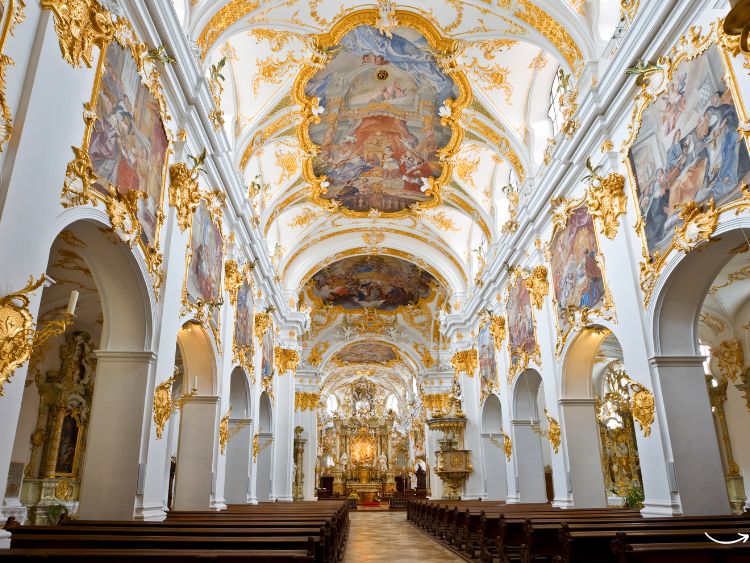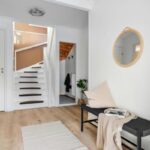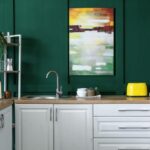Rococo Interior Decoration: A Lavish Journey Through History
Rococo interior decoration, often synonymous with opulence, elegance, and intricate details, has enchanted design enthusiasts for centuries. This style, which emerged in early 18th century France, is characterized by its elaborate ornamentation, light colors, and playful themes. Let’s delve into the fascinating world of Rococo interior decoration and uncover how you can bring a touch of this historic charm into your own home.
Introduction
When you think of Rococo interior decoration, images of lavish palaces, ornate furniture, and intricate wall designs likely come to mind. This style, which flourished during the reign of Louis XV, is known for its whimsical yet sophisticated aesthetic. But how did Rococo come to be, and how can you incorporate its timeless beauty into modern interiors? Well, sit tight, as we explore the origins, key elements, and practical tips for embracing Rococo in your home.
The Birth of Rococo: A Historical Overview
Rococo, also known as Late Baroque, originated in Paris in the early 1700s. It was a reaction against the grandeur and strict regulations of the Baroque style. Rococo introduced a lighter, more playful approach to design. Aristocrats and the wealthy embraced this style to reflect their refined tastes and social status. Key figures like architect Germain Boffrand and painter François Boucher played significant roles in popularizing Rococo aesthetics.
Key Elements of Rococo Interior Decoration
To truly appreciate Rococo, it’s essential to understand its core elements. Here are the hallmark features that define this lavish style:
1. Intricate Ornamentation
Rococo interiors are renowned for their detailed decorations. Walls, ceilings, and furniture are adorned with intricate patterns, often featuring floral motifs, scrolls, and shells. This level of detail creates a sense of movement and elegance.
2. Light and Pastel Colors
Gone are the dark, heavy colors of the Baroque era. Rococo favors light, airy palettes. Think pastel blues, pinks, creams, and gold accents. These colors contribute to the whimsical and serene atmosphere typical of Rococo spaces.
3. Curved Lines and Asymmetry
Rococo design shuns straight lines in favor of curves and asymmetry. Furniture and architectural elements often have flowing, organic shapes, adding to the sense of fluidity and grace.
4. Gilded Surfaces
Gold is a staple in Rococo decoration. Gilded mirrors, frames, and furniture pieces shimmer, enhancing the luxurious feel. The use of gold leaf and gilding techniques creates a sense of opulence.
5. Elegant Furniture
Rococo furniture is both functional and decorative. Pieces like fauteuils (armchairs), bergères (upholstered chairs), and commodes (chests of drawers) feature elaborate carvings and upholstered fabrics. Comfort and style go hand in hand in Rococo furnishings.



